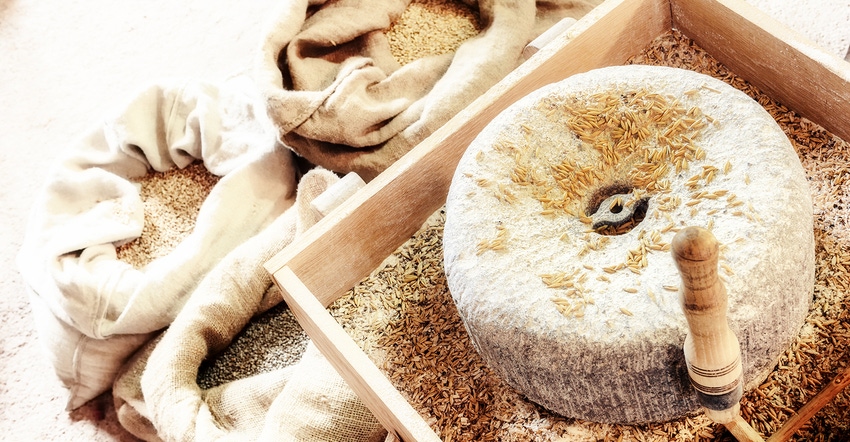Ancient grains are back in the spotlight and are expected to take a further leap forward in coming years.

From an avocado quinoa salad or sweet potato buckwheat burger to whole grain sourdough bread or a latte with oat milk, ancient and whole grains have flourished in recent years on restaurant menus and supermarket shelves, attracting foodie consumers following flexitarian diets or those just looking to try something new. Without a doubt, health enthusiasts are the consumer base truly looking for these grains as a source of better nutrition. Ancient grains are back in the spotlight and are expected to take a further leap forward in coming years.
Whole grains are gaining momentum as the bran and germ are kept, retaining nutritious fiber and protein content. High-fiber foods are increasingly sought out by consumers. Grain-based packaged foods positioned as being naturally high in fiber accrued sales of US$37 billion in 2019, delivering an absolute growth of $5.7 billion between 2014 and 2019, according to Euromonitor International. This growth indicates the demand for natural fiber coming from wholesome ingredients.
In the case of ancient grains, they fit perfectly with current consumer demand for healthier propositions. Ancient grains have never been processed through hybridization or genetic modification and are grown as they were centuries ago, offering greater nutritional value. The perception of ancient grains as being more natural, less processed and highly nutritious has boosted their popularity.
Ancient grains such as quinoa, amaranth, buckwheat, millet and teff have the potential to play in this space, as they are naturally free from gluten.
Western countries show great opportunities as they have the largest penetration of gluten-free claims. In 2019, 12% and 9% of packaged food sold online held a gluten-free claim in North America and Western Europe, respectively, according to Euromonitor’s International Products Claim and Positioning system. Advertising this feature brings great potential to engage with a growing consumer base looking for gluten-free offerings.
These grains are, however, notably more expensive than modern grains (wheat, corn and rice), so a tension exists between increased demand for more wholesome ingredients and health and wellness offerings (generally more premium) versus the reduction of disposable incomes led by COVID-19. Clear messaging and positioning—as well as health and nutrition claims—are essential to engage with consumers so they can identify the added value of including these ingredients in their diet.
To read this article in its entirety, check out the Grains redefined: Formulating for healthy products – digital magazine.
María Mascaraque, Ph.D., food and nutrition industry manager, contributes to the content and quality of Euromonitor International’s global food industry research. She develops thought leadership by providing global expertise and forward-thinking insights, identifying key market trends and the latest product developments.
About the Author(s)
You May Also Like






